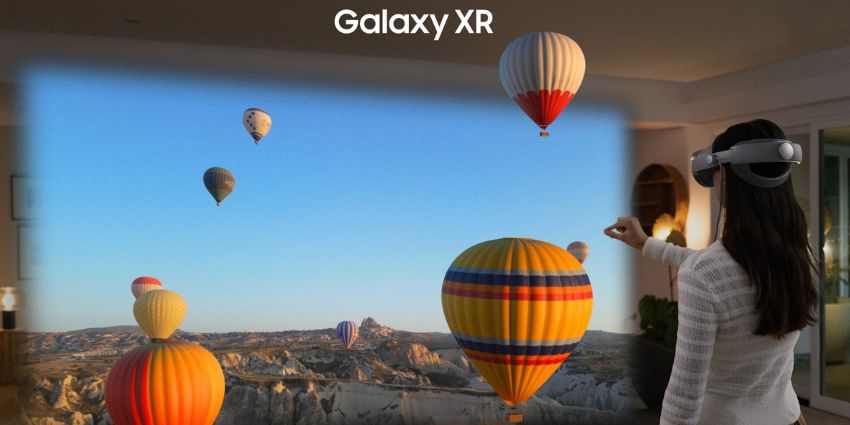
For more than a decade, virtual reality (VR) has oscillated between promise and frustration. Despite breakthrough hardware and imaginative visions, mainstream adoption lagged behind expectations. The initial wave of VR technology, characterized by cumbersome headsets, high prices, and tethered experiences, struggled to convince users that isolation in digital worlds was worth the discomfort. Many systems required powerful PCs or external sensors, creating barriers for casual consumers.
Meanwhile, content offerings failed to match the hype: short demos and niche games couldn’t justify the investment for most users. Businesses found value in training and simulation, but consumers craved social connection rather than solitary immersion. The lack of cross-platform standards further fractured the market. In short, VR never quite balanced accessibility, affordability, and compelling content—until now, perhaps.
Reviving the VR Landscape
October’s launch of Samsung’s Galaxy XR sent ripples through the tech world. The event drew an impressive 83 million views in just two weeks, dwarfing the Galaxy S25 Unpacked’s 33 million views over nine months. This surge in public curiosity for immersive technology suggests a renewed interest in VR.
Unlike past headset hype cycles, this resurgence feels different. Earlier in the year, Apple’s Vision Pro quietly reignited industry momentum with the integration of the M5 chip. Developers like Steve Lukas, a Meta Quest game creator, describe social gaming on Vision Pro as part of a rapid development:
“We finally have solid automatic co-location technology in affordable VR. [This could be] the ground floor for ubiquitous mixed reality.”
This isn’t just another gadget launch. The rise of automatic co-location, which allows multiple headsets to share the same physical space, is transforming VR from a solitary pursuit into a shared experience. Combined with Galaxy XR’s upcoming rollout across the UK, France, Germany, and Canada, it marks a shift toward true global accessibility.
The Convergence of Technology and Culture
For the first time, affordable hardware, powerful chips, and robust developer ecosystems might be converging at exactly the right cultural moment. Could 2026 finally be the year virtual reality truly takes off?
Challenges on the Horizon
Despite the excitement, challenges remain. Building a full XR ecosystem—spanning apps, social networks, and enterprise use cases—takes time. True cross-device co-location is technically tricky, relying on synchronized mapping and shared spatial anchors that are still evolving.
Samsung’s real test will be maintaining momentum and ensuring Galaxy XR feels less like a novel gadget and more like a platform for living, working, and playing. If that balance is struck, the long-awaited “VR market redemption” could become reality.
What This Means for B2B
For enterprises, the XR resurgence marks a turning point. The fusion of spatial computing, social co-location, and maturing hardware makes immersive collaboration practical rather than experimental.
Enterprises that once used VR for niche training scenarios can now explore real-time mixed reality meetings, shared 3D design reviews, and AI-assisted workflows that seamlessly connect physical and remote teams. Apple’s Vision Pro and Samsung’s Galaxy XR show that enterprise-grade XR no longer requires bespoke systems—the market is shifting toward interoperability and scalability.
As automatic co-location allows multiple users to occupy the same mixed reality space with precision, industries from architecture to healthcare can visualize, manipulate, and co-create data collaboratively from anywhere.
The convergence of affordability, computing power, and shared environments could finally make XR a standard workplace tool—reshaping innovation, communication, and training across the enterprise.
The Future of XR
After years of false starts, the dream of accessible, social, and useful virtual reality might finally be materializing. The difference this time isn’t just better hardware—it’s a cultural shift toward shared presence. If Samsung and Apple can sustain this wave, the next generation of work and play could unfold in persistent digital spaces where collaboration feels as natural as conversation.





